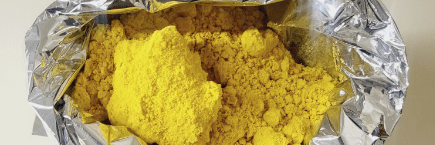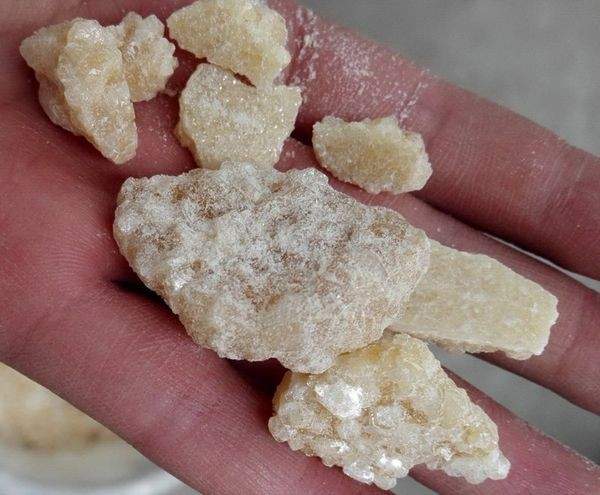Legal Highs and the Club Drugs Culture: A Growing Concern
In recent years, the clubbing and party scenes have been increasingly linked to the use of so-called “legal highs.” These substances, also known as New Psychoactive Substances (NPS), are synthetic drugs designed to mimic the effects of controlled substances such as ecstasy, cocaine, and cannabis while avoiding existing drug laws. Despite their “legal” label, these substances pose serious health risks and have fueled growing concerns about their impact on users and society.
This blog delves into the connection between legal highs and club drugs culture, highlighting the dangers, the driving factors behind their popularity, and the urgent need for awareness and action.
What Are Legal Highs?
Legal highs are synthetic substances created to bypass drug laws by chemically altering their molecular structure. These substances include powders, pills, herbal blends, and liquids marketed under innocent-sounding names like “bath salts,” “spice,” and “plant food.”
Why Are They Called Legal Highs?
The term “legal highs” is misleading because many of these substances are no longer legal. Governments worldwide have banned numerous NPS, but manufacturers constantly tweak their formulas to stay ahead of the law.
The Rise of Club Drugs Culture
What Is Club Drugs Culture?
Club drugs culture refers to the recreational use of substances in party settings, including nightclubs, raves, and music festivals. These drugs are typically used to enhance the experience of music, lights, and social interactions.
Common Club Drugs:
- Ecstasy (MDMA): Known for its euphoric and empathogenic effects.
- Ketamine: A dissociative anesthetic used for its hallucinogenic properties.
- Cocaine: A stimulant that provides a burst of energy and confidence.
- GHB: A depressant often referred to as the “date rape drug.”
- NPS/Legal Highs: Substances like mephedrone (“meow meow”) and synthetic cannabinoids (“spice”).
Why Are Legal Highs Popular in Club Drugs Culture?
Several factors contribute to the popularity of legal highs in the party scene:
- Accessibility: Many legal highs are sold online or in shops, making them easy to obtain.
- Affordability: These substances are often cheaper than traditional drugs.
- Perceived Safety: The “legal” label creates a false sense of security among users.
- Evasion of Drug Tests: Some legal highs are used to avoid detection in workplace or probation drug tests.
The Dangers of Legal Highs in Clubbing Environments
Health Risks
Legal highs are associated with severe health risks, including:
- Overdose: Due to unknown potency and lack of dosage guidelines.
- Toxic Reactions: Many substances contain harmful chemicals that can damage organs.
- Mental Health Issues: Users may experience anxiety, paranoia, or psychosis.
- Addiction: Some legal highs are highly addictive.
Increased Risk of Fatalities
The combination of legal highs with alcohol and other substances commonly consumed in clubs amplifies their dangerous effects. Reports of fatalities linked to legal highs in party settings are becoming alarmingly frequent.
The Role of Peer Pressure and Social Media
The club drugs culture thrives on peer influence and the portrayal of drug use as glamorous on social media platforms. Many young people are introduced to legal highs through friends or are drawn to the promise of an enhanced party experience.
How Governments Are Responding
Bans and Legislation
Governments worldwide are cracking down on legal highs through bans and new laws. For example:
- The Psychoactive Substances Act (2016) in the UK prohibits the production, distribution, and sale of psychoactive substances.
- Similar measures have been enacted in the EU, USA, and Australia.
Challenges in Regulation
Despite these efforts, manufacturers continue to evade laws by creating new chemical variations faster than they can be regulated.
How to Stay Safe in the Club Drugs Scene
Awareness Is Key
Educating people about the dangers of legal highs is essential. Knowledge can help individuals make informed decisions and resist peer pressure.
Look Out for Friends
If someone is under the influence of legal highs, watch for warning signs of overdose or distress and seek medical help immediately.
Seek Help
For those struggling with substance abuse, support groups, counselors, and rehabilitation centers offer assistance.
Conclusion
The intersection of legal highs and club drugs culture is a growing concern that poses significant risks to individuals and society. While these substances may promise an escape or enhancement to the party experience, their dangers far outweigh any short-lived euphoria.
Raising awareness, strengthening legislation, and promoting safe partying practices are critical steps in addressing this issue. Remember, the most memorable nights out are those where everyone stays safe and healthy.legal highs, club drugs, party drugs, psychoactive substances, NPS dangers, safe partying, drug awareness

